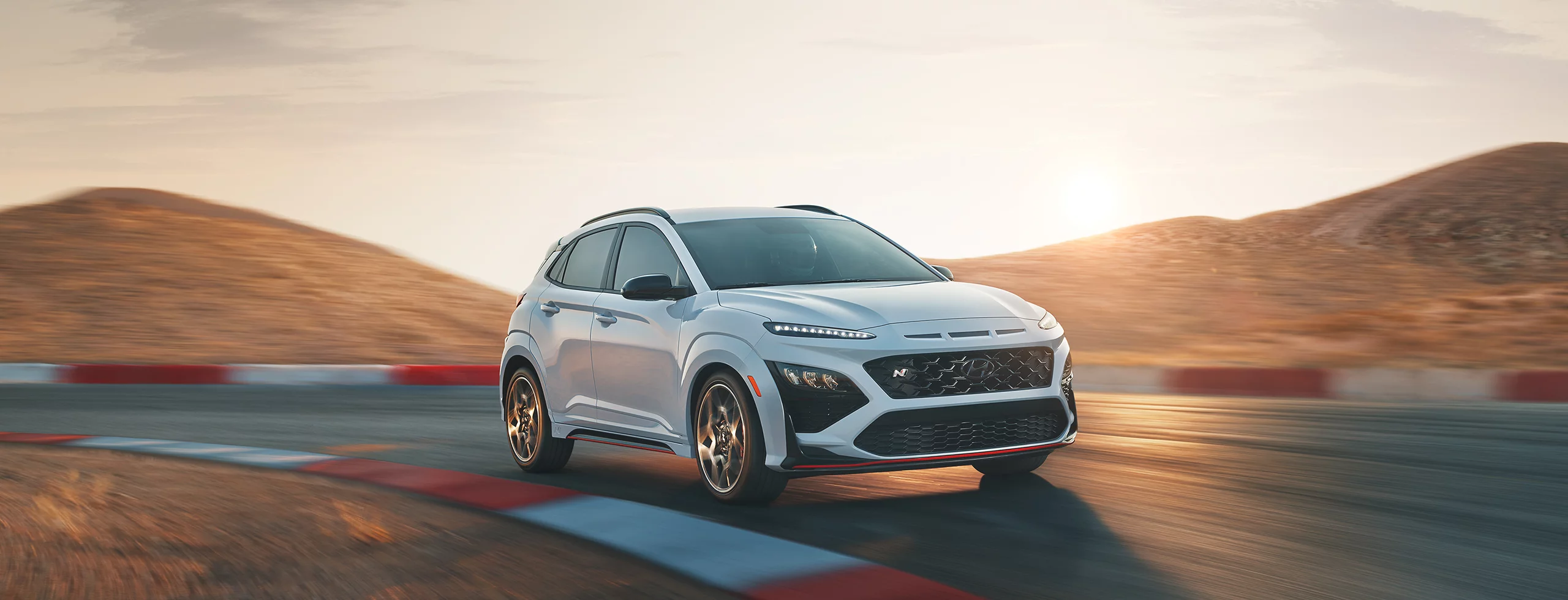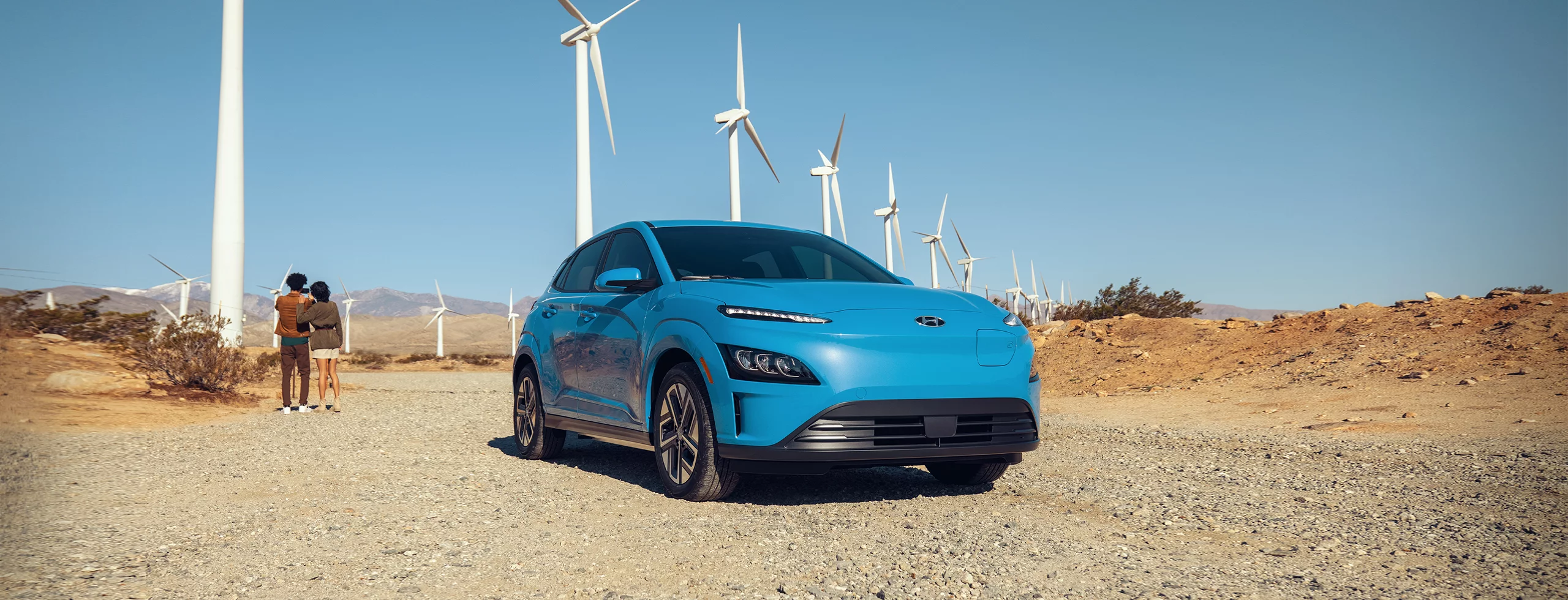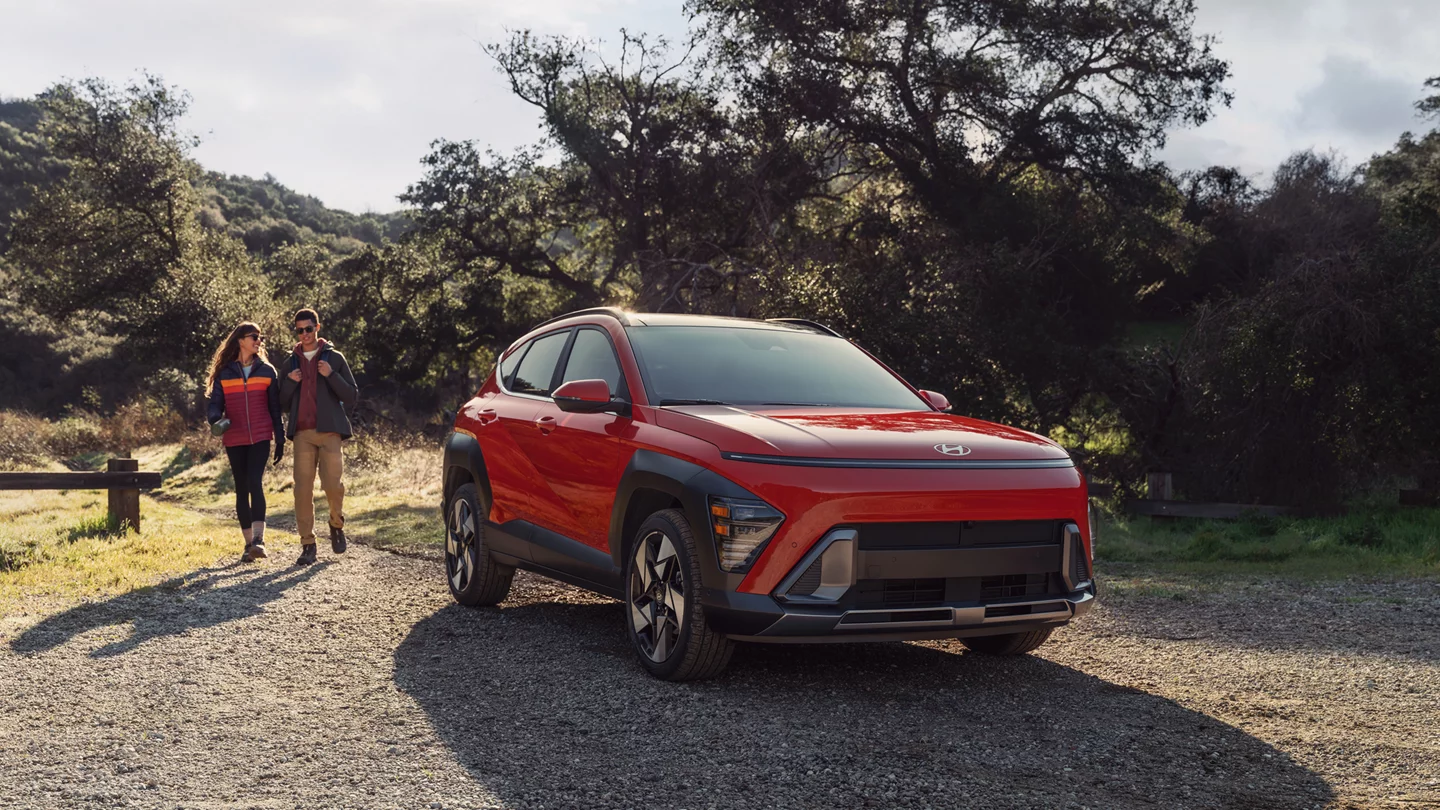Hyundai Kona vs. Subaru Crosstrek: A Detailed Comparison
When shopping for a compact SUV, the Hyundai Kona and Subaru Crosstrek often top the list of contenders. Both vehicles offer a blend of style, practicality, and performance, but when you dig deeper, the Hyundai Kona emerges as the superior choice. Here's why:
Design and Aesthetics
Hyundai Kona

The Hyundai Kona boasts a bold and modern design that stands out in the crowded SUV market. Its sleek lines, distinctive LED lighting, and aggressive front grille give it a sporty and youthful appearance. The interior is equally impressive, featuring a clean, ergonomic layout with high-quality materials that exude a premium feel.
Subaru Crosstrek
The Subaru Crosstrek, while rugged and reliable, has a more conservative design. Its exterior styling leans towards the traditional Subaru look, which some might find dated compared to the Kona’s contemporary aesthetic. Inside, the Crosstrek is functional but lacks the refinement and flair of the Kona’s cabin.
Performance and Handling
Hyundai Kona
The Hyundai Kona offers a choice of two engines a 2.0-liter four-cylinder and a turbocharged 1.6-liter four-cylinder. The latter delivers 175 horsepower, providing a spirited driving experience with brisk acceleration and responsive handling. The Kona’s suspension is tuned for a balance of comfort and agility, making it enjoyable to drive in both city and highway conditions.
Subaru Crosstrek
The Subaru Crosstrek comes with a 2.0-liter four-cylinder engine that produces 152 horsepower. While this is adequate for daily driving, it falls short in terms of excitement and performance compared to the Kona. The Crosstrek’s handling is competent, especially off-road, thanks to its standard all-wheel drive, but it doesn’t match the Kona’s on-road dynamism.
Technology and Features
Hyundai Kona

The Hyundai Kona excels in technology, featuring an intuitive infotainment system with a standard 8-inch touchscreen, Apple CarPlay, and Android Auto. Higher trims offer additional amenities like a head-up display, wireless charging, and a premium audio system. The Kona also comes equipped with a comprehensive suite of safety features, including forward collision warning, automatic emergency braking, and lane-keeping assist.
Subaru Crosstrek
The Subaru Crosstrek’s infotainment system is user-friendly, but the base model’s 6.5-inch touchscreen feels small compared to the Kona’s. While Apple CarPlay and Android Auto are standard, the overall tech package isn’t as robust. The Crosstrek does offer Subaru’s EyeSight driver assist technology, which includes adaptive cruise control and lane departure warning, but it’s not available on the base model.
Fuel Efficiency
Hyundai Kona
The Hyundai Kona offers impressive fuel efficiency, with the base 2.0-liter engine delivering up to 30 mpg combined. The turbocharged engine also performs well, offering a good balance between power and economy.
Subaru Crosstrek
The Subaru Crosstrek also delivers respectable fuel economy, with up to 29 mpg combined. However, its performance sacrifices some efficiency, especially with the optional manual transmission.
Value for Money
Hyundai Kona

The Hyundai Kona provides exceptional value, offering a host of standard features, a lower starting price, and a generous warranty package (5 years/60,000 miles basic, 10 years/100,000 miles powertrain). The combination of modern design, advanced technology, and strong performance makes the Kona a compelling choice.
Subaru Crosstrek
The Subaru Crosstrek is priced slightly higher than the Kona, and while it offers robust off-road capabilities and reliability, it doesn’t match the Kona’s level of standard features and overall refinement. The warranty coverage is also shorter (3 years/36,000 miles basic, 5 years/60,000 miles powertrain).
While both the Hyundai Kona and Subaru Crosstrek have their strengths, the Kona edges out as the superior choice for most drivers. Its stylish design, peppy performance, advanced technology, and excellent value make it a standout in the compact SUV segment. Whether you’re commuting in the city or embarking on a weekend adventure, the Hyundai Kona is well-equipped to meet your needs and exceed your expectations.



